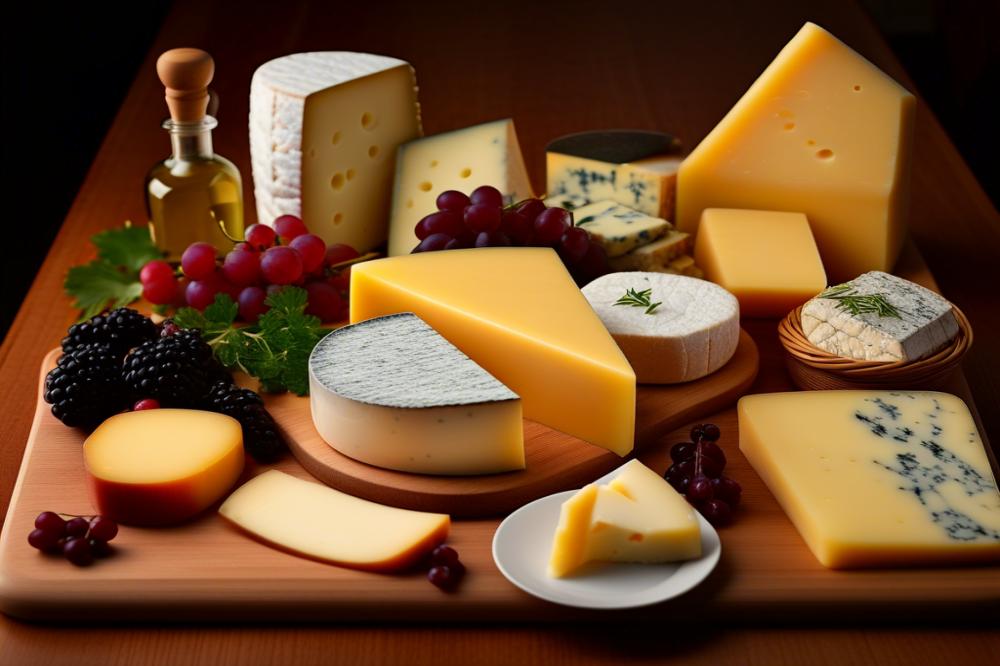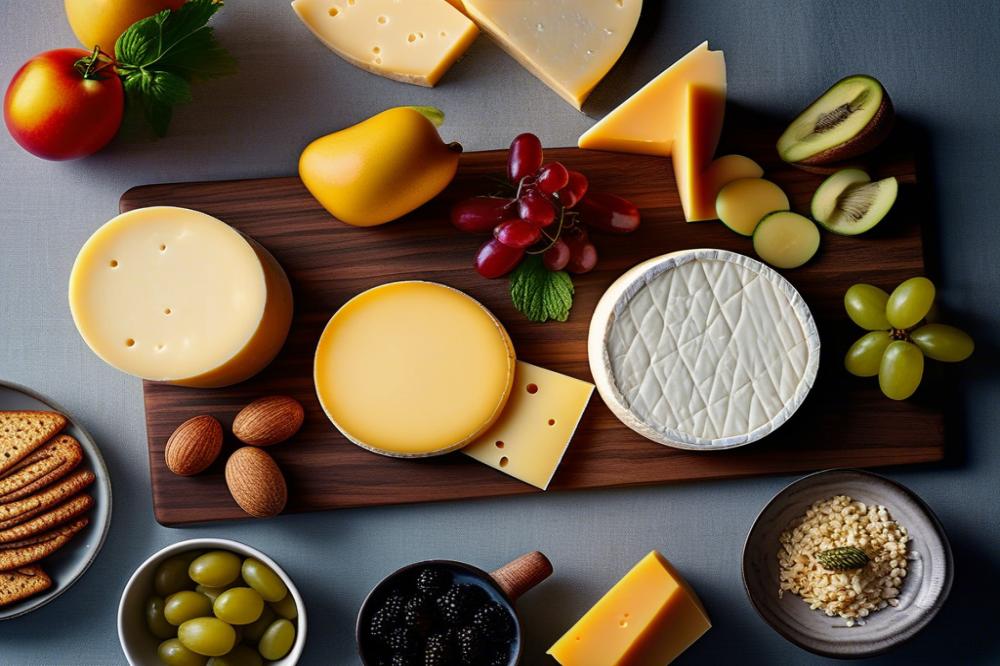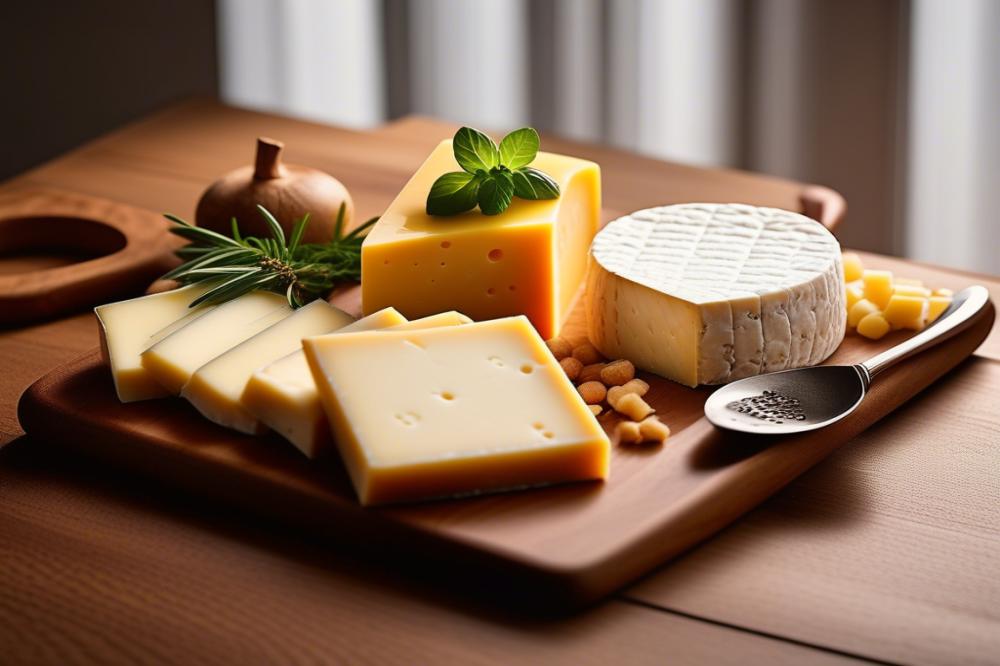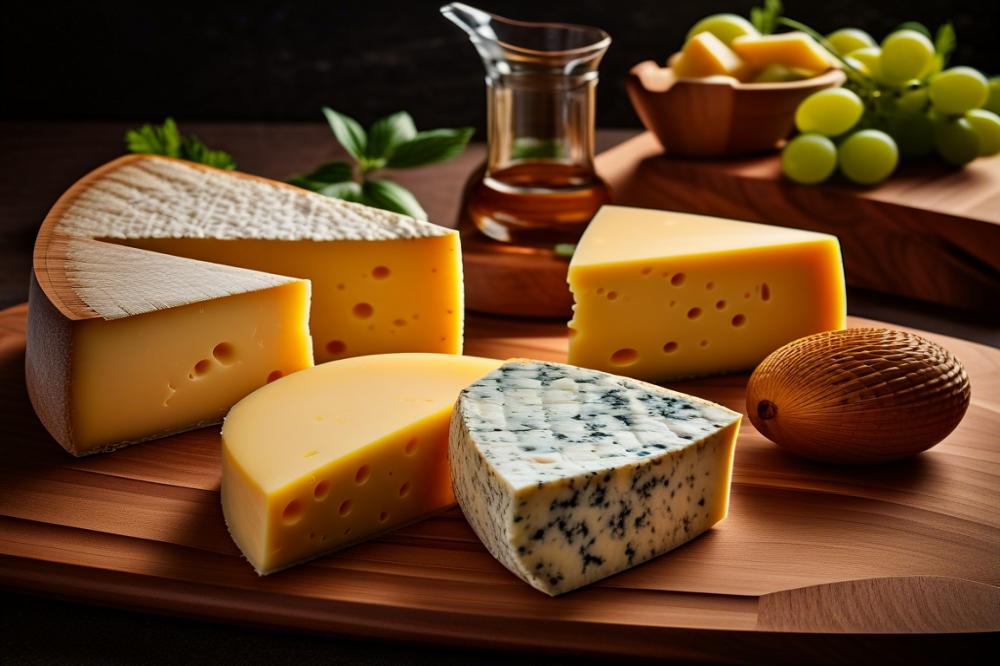Common misconceptions About Swedish cheese
Swedish cheese holds a special place in the country’s culinary scene. It is not just food; it symbolizes tradition and culture. In Sweden, cheese is enjoyed in a variety of ways. It complements meals, adds flavor to snacks, and serves as a standalone treat.
A wide array of cheeses exists, each offering distinct tastes and textures. From creamy varieties to sharper, aged options, the selection is impressive. Notably, each cheese reflects regional influences and local ingredients. Some cheeses are even made using ancient techniques passed down through generations.
Despite its rich offerings, misunderstandings about Swedish cheese abound. Many people believe all Swedish cheese is bland or overly mild. This couldn’t be further from the truth. A deeper exploration reveals flavors that are both bold and varied. Exploring these cheeses can lead to delightful surprises and new tastes.
By addressing these misconceptions, we can open up a world of flavor. Understanding the depth and variety of Swedish cheese will enhance anyone’s appreciation of a vibrant culinary tradition.
Common Misconceptions

Many people have misunderstandings about cheeses from Sweden. One prevalent myth is that all these cheeses are similar in flavor. In reality, the country produces a broad spectrum of tastes and textures. Some are strong and sharp, while others can be mild and creamy. This variety is often overlooked by those unfamiliar with the products.
Another misconception involves production methods. Many think that Swedish cheese is only made using traditional techniques. Yet, modern technology plays a significant role in crafting today’s varieties. Traditional farming practices do coexist with innovative methods, enriching the final product.
The origins of specific cheeses often lead to confusion as well. For example, many believe that all famous cheeses come from areas like France or Italy. However, Sweden boasts its own historical cheese-making regions, such as Öland. Cheeses like Prästost and Västerbottensost have deep roots in Swedish culture. They carry stories passed down from generations and highlight regional traditions.
People also often associate Swedish cheese exclusively with certain types. Some imagine just hard cheeses or only certain characteristic qualities. This limits appreciation for the numerous soft cheeses and artisanal varieties available. The role of local ingredients in flavor profiles is striking. Many cheesemakers focus on using milk from grass-fed cows, which makes a difference in taste.
When discussing cheese styles, an assumption exists that Swedish varieties are just for pairing with specific dishes. Instead, they can be enjoyed in various ways. From simple sandwiches to elaborate cheese boards, there are endless possibilities. The versatility of Swedish cheese makes it a fitting choice for any meal or snack.
Cultural significance is another aspect that isn’t fully understood. For many Swedes, cheese represents comfort and celebration. Special cheese recipes are often used during holidays and festivities. A cheese platter can be a centerpiece of gatherings, showcasing craftsmanship and pride.
Multiple myths surround the health attributes of these cheeses as well. Some people wrongly believe that all cheese is unhealthy. In moderation, Swedish cheese can contribute to a balanced diet. Nutritional benefits derived from dairy are often overlooked, emphasizing vitamins and minerals that some products provide.
Understanding these misconceptions will help broaden a person’s appreciation. There is much to explore within the realm of cheese from Sweden. Each type offers a slice of culture, history, and unique taste that merits exploration and enjoyment. Misunderstandings only limit enjoyment, so let’s celebrate the diversity and richness together.
Types of Swedish Cheese

Sweden boasts a variety of cheeses, each with its own charm and taste. Among these, Västerbotten is a standout favorite. This cheese is known for its rich flavor, which offers sweet, nutty, and salty notes. Its crumbly texture makes it a wonderful addition to salads or fondue. People often enjoy it with bread or simply on its own as a snack.
Another popular choice is Prästost. This cheese has a mild, yet creamy taste that appeals to many palates. It has a slightly tangy flavor and a smooth texture that melts beautifully. This versatility allows Prästost to shine in sandwiches or as a part of a cheese platter. Its balanced profile makes it an everyday favorite for households across Sweden.
Hushållsost is also worth mentioning. This cheese is slightly firmer than the previous varieties. Its taste is delightful, providing a mild, buttery flavor that is quite pleasant. Known for its versatility, Hushållsost finds its way into various dishes, from classic Swedish casseroles to breakfast sandwiches. This makes it a staple in many Swedish kitchens.
Interestingly, Sweden hosts other lesser-known cheeses that are equally delightful. For instance, Bredbland is a creamy cheese often enjoyed in sauces or on crackers. Its texture can help elevate any appetizer. Then there’s Gammeldagsost, which scores points for its chewy texture and strong flavor. Ideal for pairing with bold wines, it adds depth to any cheese board.
For the adventurous, try Ädelost, a blue cheese with a sharp bite. It contrasts beautifully with sweeter foods like fruit. A little goes a long way in adding flavor to salads or pasta dishes. With each bite, adventurers will experience its bold character that makes it unforgettable.
Each cheese variety offers a window into Swedish culinary traditions. By selecting different cheeses, one can create a delicious cheese board that tells a story. The opportunities for pairing with bread, jams, or fruits are endless. Exploring these options allows one to appreciate Swedish food culture more deeply.
In cooking, Swedish cheeses are often used in traditional dishes. From fondue gatherings to festive meals, the right cheese can enhance flavors. Västerbotten, for example, shines in pies, offering a rich taste that celebrates holiday traditions. On the other hand, Prästost could elevate an ordinary sandwich into a gourmet experience. The versatility of these cheeses invites creativity in the kitchen.
Recipe: Swedish Cheese and Herb Flatbreads

Enjoy a delightful treat with these flatbreads, perfect for snacking or serving at gatherings. This recipe highlights the rich flavors of Swedish cheese combined with fresh herbs. The following ingredients will help you create something special.
Ingredients
- 2 cups all-purpose flour
- 1 teaspoon salt
- 1 teaspoon baking powder
- 1/4 cup butter, softened
- 1 cup grated Swedish cheese (e.g., Västerbotten)
- 1/4 cup fresh herbs (such as dill and chives)
- 3/4 cup milk
Instructions
- First, preheat the oven to 400°F (200°C).
- Next, mix the flour, salt, and baking powder in a large bowl.
- Cut in the softened butter until it resembles coarse crumbs.
- Stir in the grated cheese along with the fresh herbs.
- Gradually pour in the milk until a dough forms.
- Transfer the dough to a floured surface. Knead gently until smooth.
- Roll the dough out to about 1/2 inch thick and cut into shapes you prefer.
- Place the shaped dough on a baking sheet and bake for 15-20 minutes until golden.
- Serve warm. They are delicious with a bit more cheese or butter on top.
Nutritional Information
Each flatbread contains approximately 180 calories, 8g of fat, 20g of carbohydrates, and 6g of protein. This makes them a filling option that can fit into various diets.
Health Benefits
Including cheese in your meals adds a host of benefits. Cheese is rich in protein, calcium, and various vitamins. It supports bone health and can help maintain muscle mass. Additionally, some cheeses contain probiotics. These friendly bacteria may improve gut health. Enjoying dishes like these flatbreads can lead to positive dietary habits. The combination of herbs adds extra nutrients and flavors you’ll appreciate.
Embracing the Richness of Cheese
Exploring Swedish cheese reveals its astounding beauty and diversity. Many people overlook this delightful aspect because of common misconceptions. Let’s not forget that cheese is more than just cheddar and mozzarella. Various cheese varieties from Sweden each tell a story of tradition, craftsmanship, and local flavors.
Sweden offers a range of cheeses that can surprise even the most seasoned cheese lover. From creamy, mild textures to sharper, aged flavors, there is truly something for everyone. By digging deeper into this culinary world, one can appreciate how each cheese complements different dishes.
Encouraging a more adventurous palate can only enhance your dining experiences. Try pairing a soft cheese with fresh fruits or serve a robust variant on a cheese platter. Each bite can transport you to the lush pastures of Sweden, where cows graze freely.
In summary, consider stepping out of your comfort zone. Give Swedish cheese a chance, and you might find new favorites just waiting to be discovered. Let curiosity lead the way as you enjoy the unique flavors and delightful textures that these cheeses provide. The world of cheese has so much to offer, and Sweden’s contribution is undeniably worth exploring.



